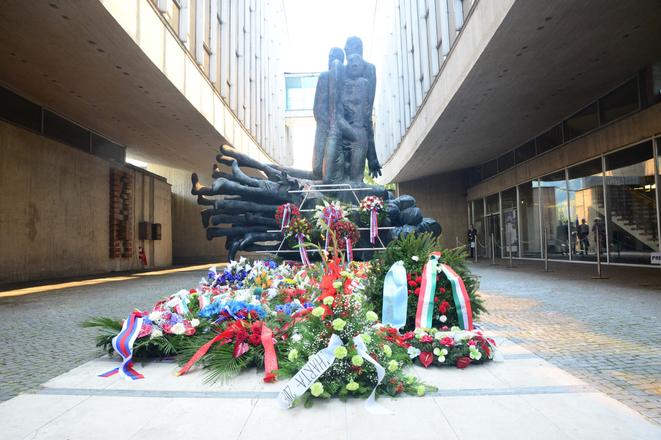The ubiquity of the initials ‘SNP’ in Slovakia is matched only by confusion about what they mean. The Slovak National Uprising was a key moment in Slovak history. But a recent survey of 15-20-year-olds by the AKO agency reported that over 30 percent of respondents did not know when the SNP occurred, or why.
This is not entirely surprising: like most insurgencies, the uprising was a confused and confusing affair, not least for those involved and affected. Key facts remain unresolved.
What happened in August 1944?
In the simple version of the story the enemy is Nazi Germany, whose occupation of the wartime Slovak state on August 29, 1944 prompted the immediate but premature launch of the uprising, led by democratic politicians, insurgent army officers and partisans, to liberate the country.

But from whom? Slovakia’s own, authoritarian government, allied to Hitler, had agreed to the German occupation.
Government militias, recruited from the supporters of Slovak nationalist parties, were enthusiastic persecutors of insurgents and their families.
The defence minister, General Ferdinand Čatloš, in a radio broadcast on August 29, 1944, called on Slovak soldiers and civilians alike to welcome the German troops as friends and allies, who were protecting the country from “treacherous enemies” – partisans.



 A sculpture at the SNP Museum in Banská Bystrica (source: SITA)
A sculpture at the SNP Museum in Banská Bystrica (source: SITA)